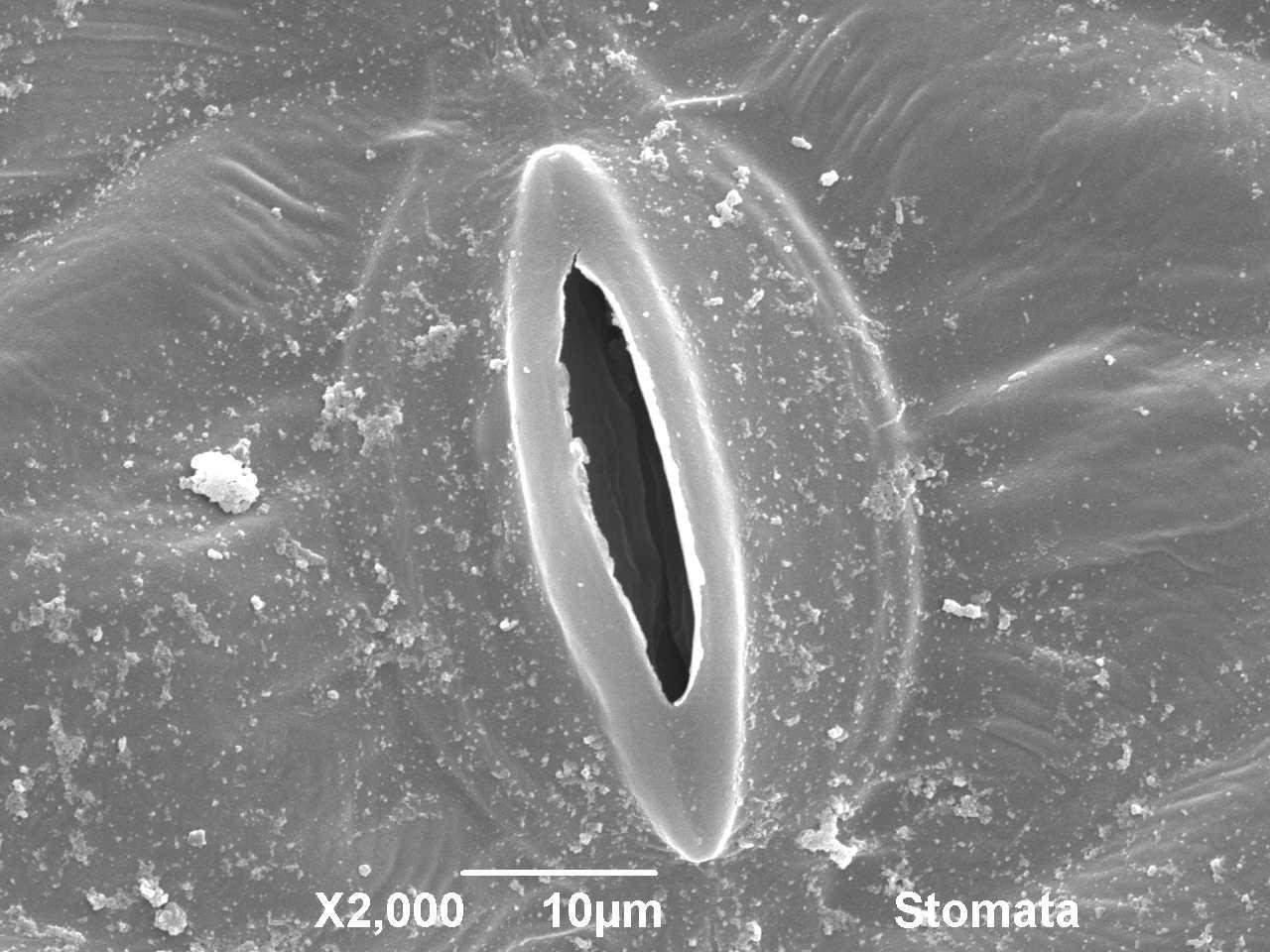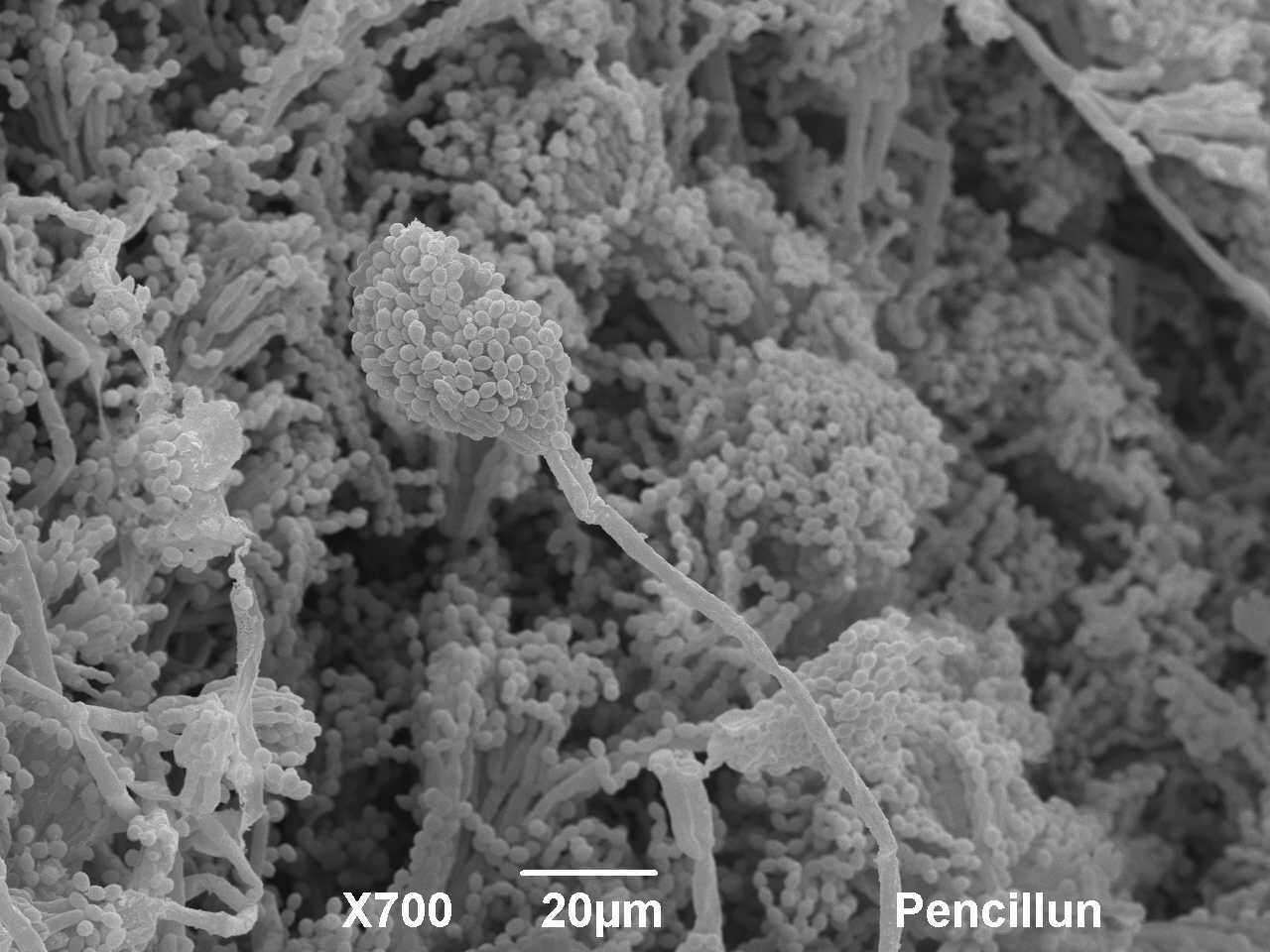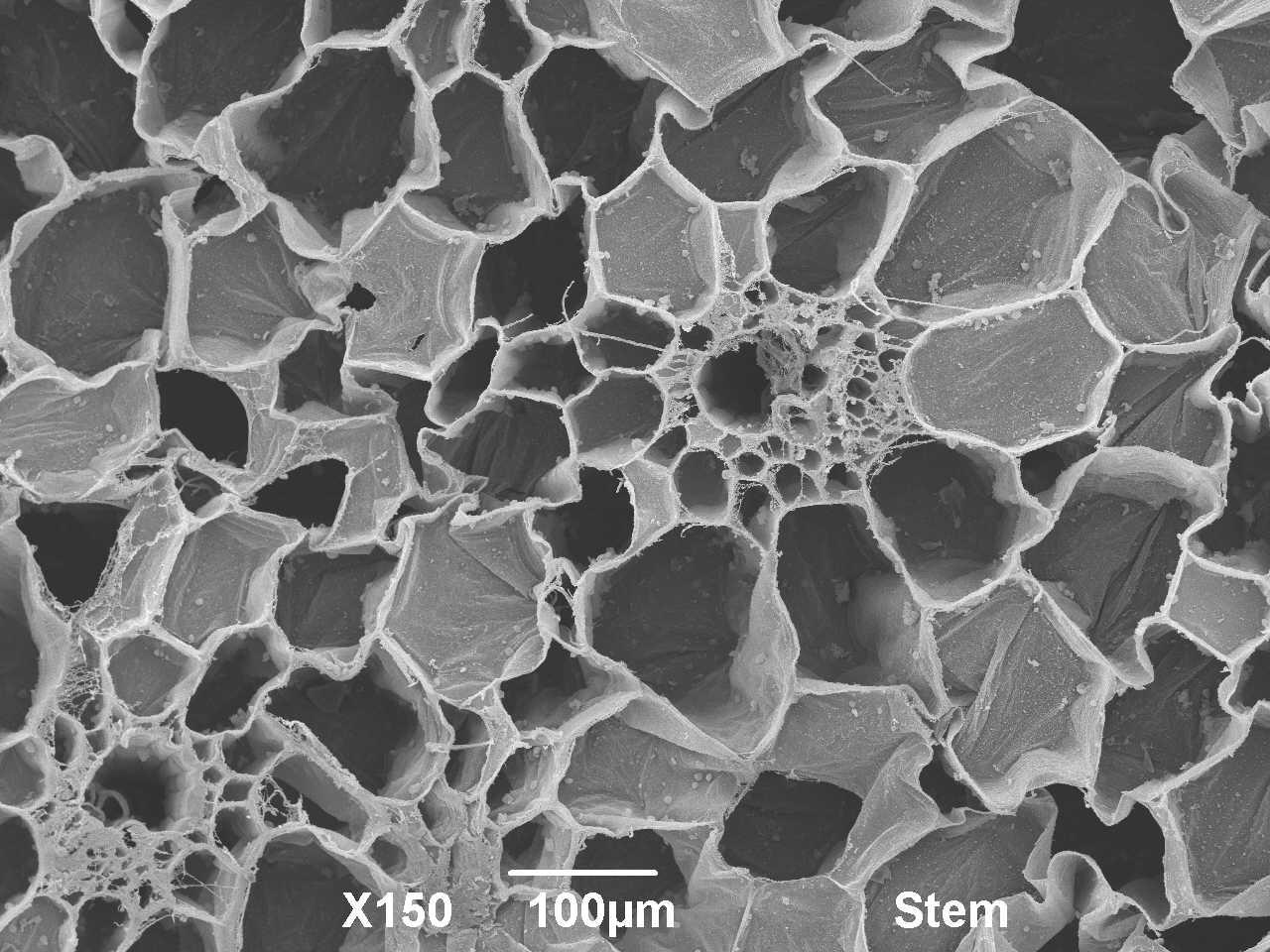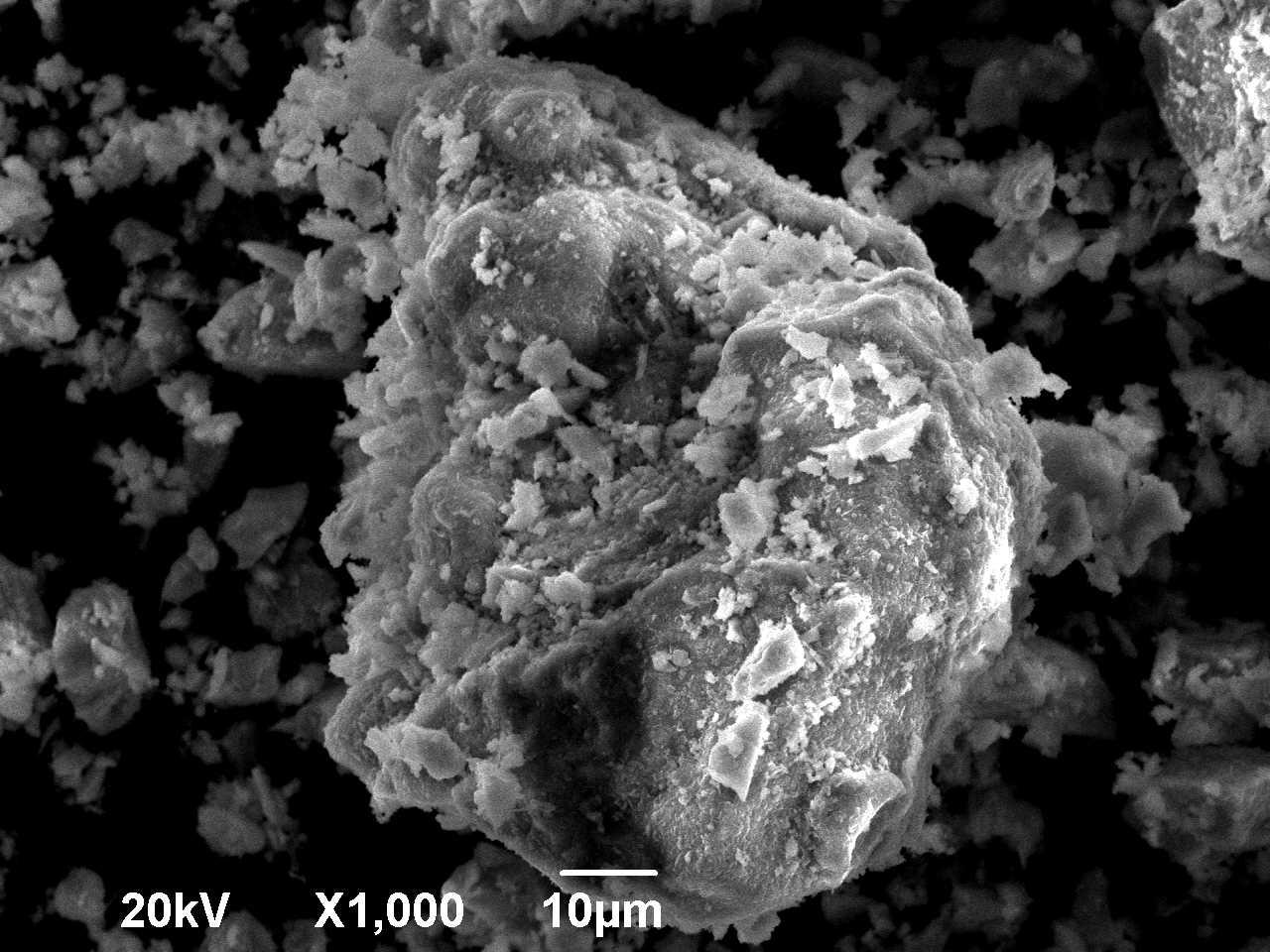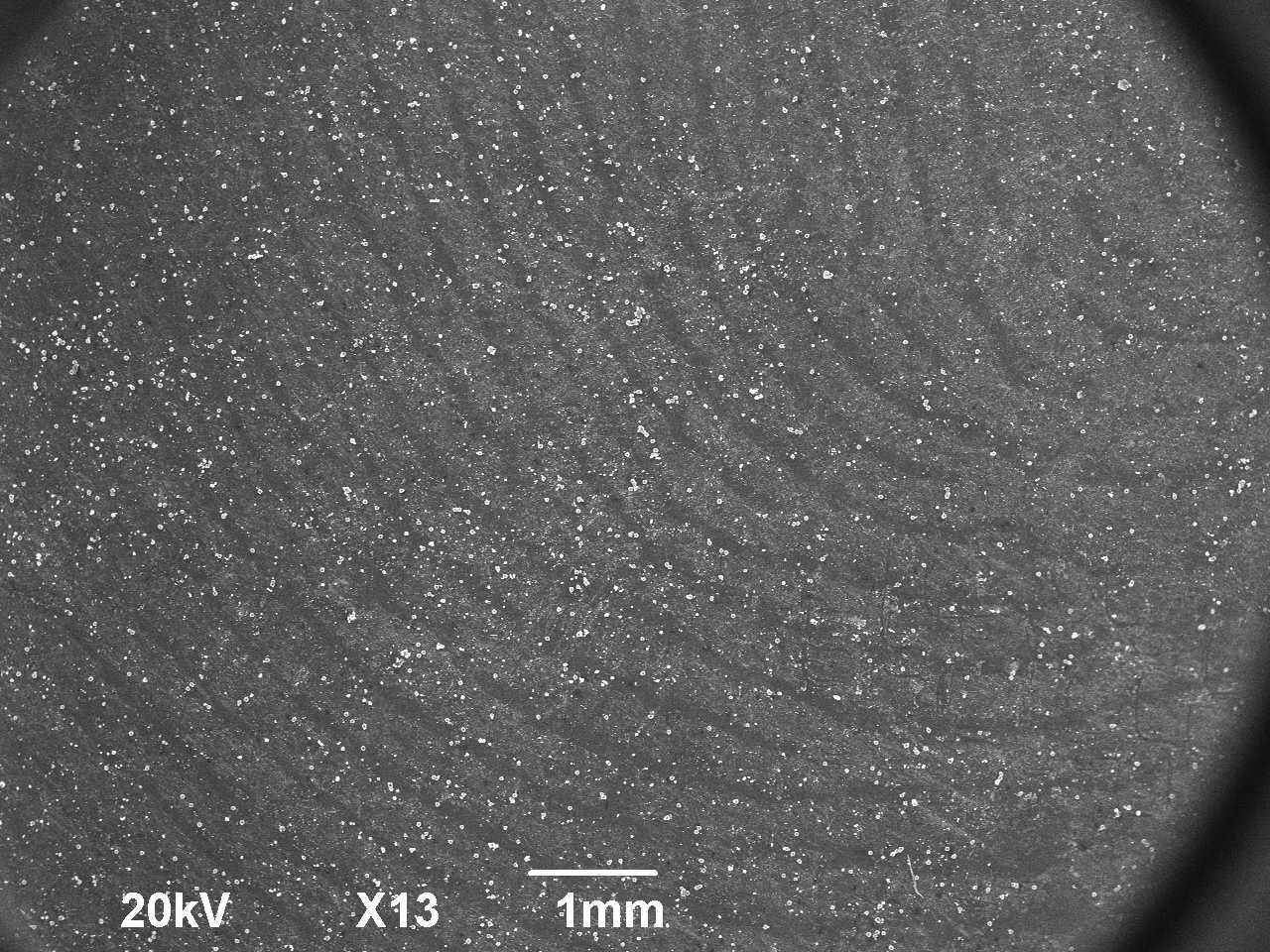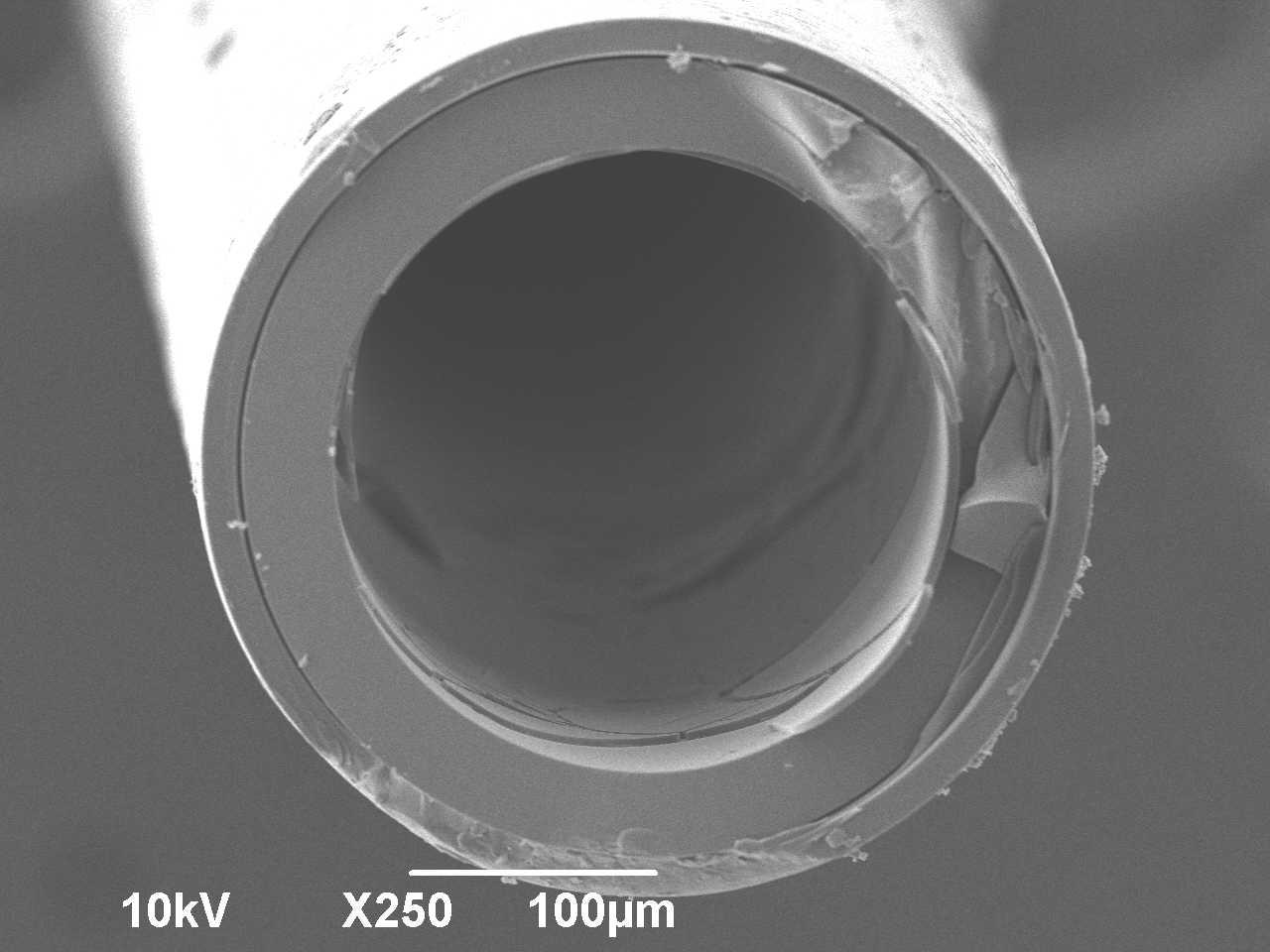1. Can I scan non-conductive samples without coating them?
Non-conductive samples tend to charge under the electron beam, which distorts the image. Coating with a thin conductive layer (e.g., gold, platinum, or carbon) is usually recommended. However, low-vacuum or variable-pressure SEM can image uncoated samples in some cases—ask the technician if this option is available.
2. Do I need to prepare my sample before bringing it to the SEM lab?
Yes, samples should be clean, dry, and appropriately sized. If your sample is non-conductive, it may need sputter coating. Technicians can advise you based on your material.
3. Can SEM show me what’s inside the material, or just the surface?
SEM primarily provides detailed surface imaging. If you need internal structure, consider using TEM or sample cross-sectioning techniques.
4. How much detail (resolution) can I expect to see?
Resolution can range from a few nanometers to tens of nanometers, depending on the instrument settings, magnification, and sample preparation.
5. How long will my imaging session take?
It depends on the number of samples, desired magnification, and whether elemental analysis (EDS) is needed. Sessions typically range from 30 minutes to several hours.
6. Can you help me interpret the images or results?
Yes. Technicians can assist with basic interpretation and help you understand key features in the images. For in-depth analysis, collaboration with your research advisor is recommended.
7. Is there a charge for using the SEM, and how is billing handled?
Yes, usage is typically billed by the hour. Charges vary depending on whether you’re from an internal department, external institution, or industry. Billing procedures will be explained when you book.
8. Can SEM tell me what elements are in my sample?
Yes, if the SEM is equipped with Energy Dispersive X-ray Spectroscopy (EDS). This provides qualitative or semi-quantitative elemental information.
9. Will the electron beam damage my sample?
SEM is generally non-destructive, but sensitive or organic samples may suffer slight damage or changes under prolonged exposure. Beam settings can be adjusted to reduce the risk.
10. Can I sit with the technician during scanning?
In most cases, yes—especially if you're a student or researcher learning the technique. For safety or scheduling reasons, some sessions may be technician-operated only.
11. Can I request specific magnifications or imaging areas?
Absolutely. Please communicate your requirements clearly when submitting your sample or before the session begins.
12. What’s the maximum size or shape of sample you can load?
SEM sample holders can usually accommodate samples up to a few centimeters in width and thickness. Irregular shapes may be mounted with special fixtures. Ask the technician before your visit.
13. Do I need to fix or dry biological samples before imaging?
Yes. Biological samples must be chemically fixed, dehydrated, and typically coated for SEM imaging. This preserves structure and prevents charging.
14. Can I get my images on a flash drive or sent by email?
Yes. Images can be provided via email, cloud link, or USB upon request. Be sure to mention your preferred method in advance.
15. Are the SEM images confidential? Who owns the data?
All images and data belong to the user/investigator. The facility does not share your data without your permission, but acknowledgment is appreciated in publications using facility resources.
16. Can I schedule multiple sessions or re-scan the same sample?
Yes. Multiple bookings are allowed, and you may re-scan a sample as needed. Let the team know in advance for scheduling.
17. Do you provide a report or just the raw images?
You will receive raw SEM images. Brief notes or comments may be included if requested, but full reports are not standard unless arranged beforehand.
18. What’s the turnaround time if I drop off the sample?
Turnaround time varies depending on the queue. Most results are delivered within 5-10 business days. Priority or urgent requests may be accommodated if resources allow.
19. What’s the best way to label or submit my sample to avoid confusion?
Use clear labels (not just sticky notes) on the sample container, and include a printed or digital submission form with your name, sample details, and imaging requirements.
20. Do you offer help with publishing SEM images or figure formatting?
Yes, basic support can be provided for exporting high-resolution images for publications. For advanced figure design or image enhancement, you may be referred to your department or media team.


 Colored
Colored Grayscale
Grayscale


